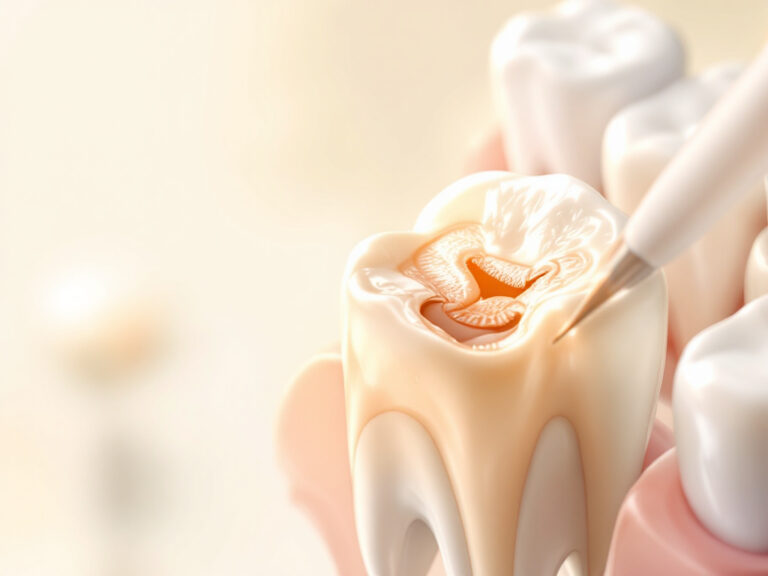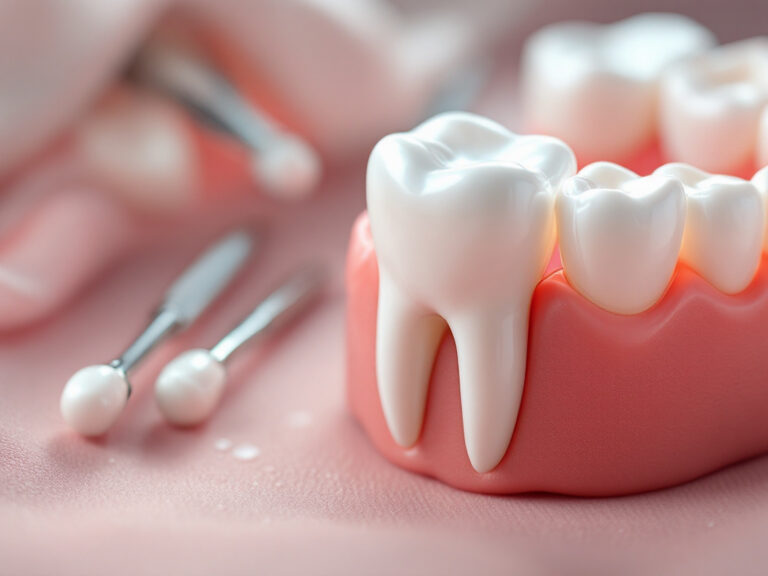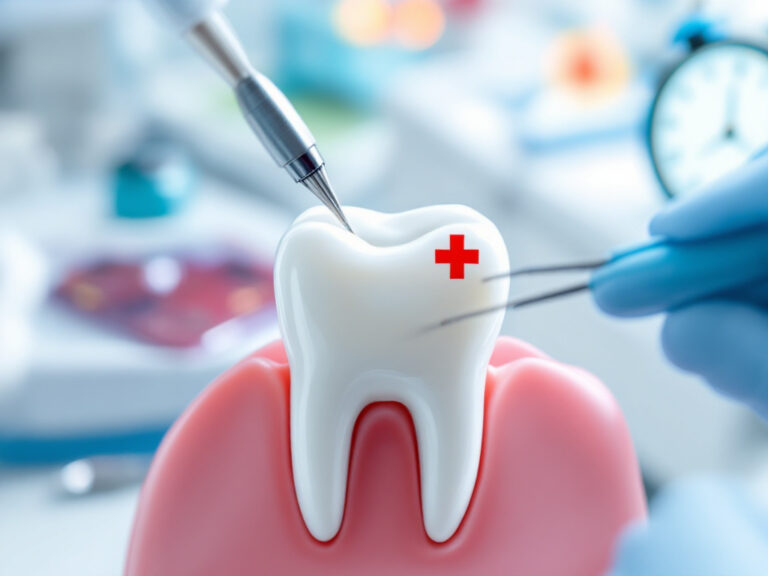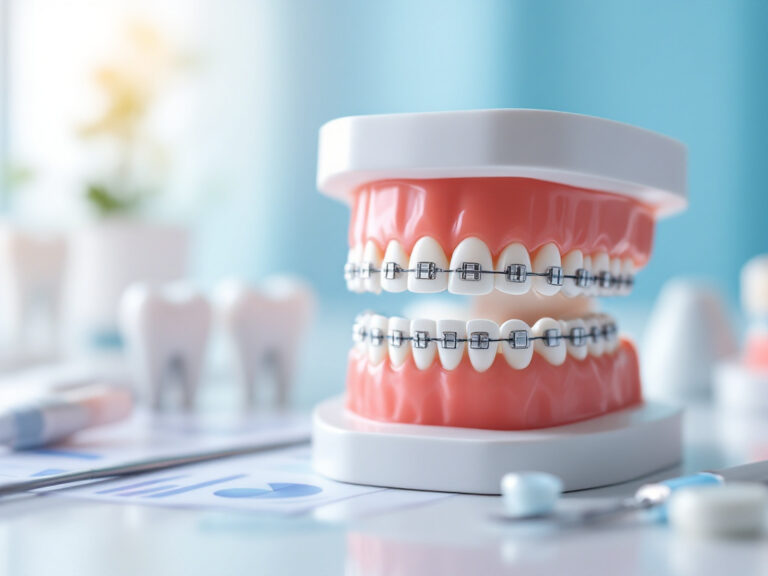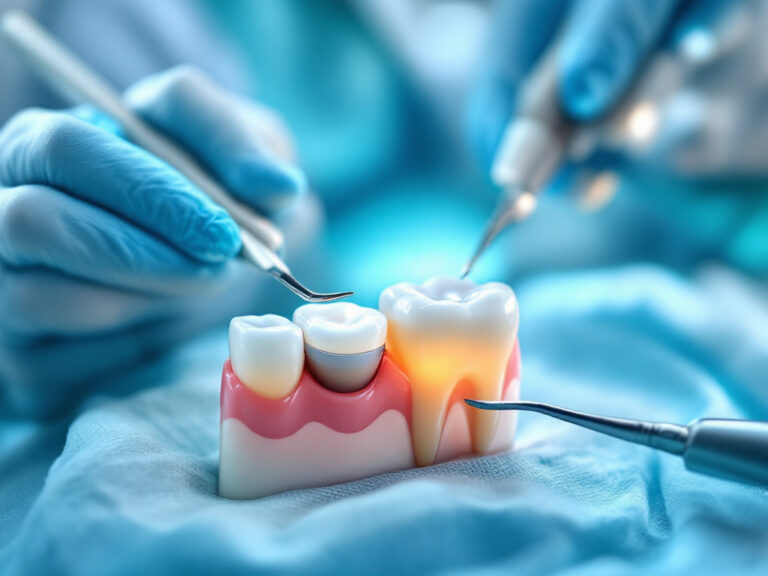When you schedule a gum disease evaluation, you take a crucial step toward preserving your smile and overall health. Gum disease, also known as periodontal disease, affects the tissues that support your teeth, and if left untreated, it can lead to tooth loss, bone damage, and even impact systemic health. At Belmont Dental, our team offers a supportive environment with insurance-friendly services to guide your journey to lasting oral wellness. In this guide, you will learn how gum disease develops, what to expect during your evaluation, and how tailored treatment plans and preventive strategies can help you maintain a healthy smile.
Understanding gum disease
Periodontal disease is an infection of the gums and the structures that hold your teeth in place. It often starts as gingivitis, the earliest and reversible form, and can progress to advanced stages that cause irreversible damage.
What is periodontal disease
Periodontitis begins when plaque, a sticky film containing bacteria, builds up along the gumline. Without regular professional dental hygiene services and consistent at-home care, this plaque hardens into tartar, triggering inflammation and infection. In the United States, almost half of all adults over age 30 have some form of gum disease, making it the leading cause of tooth loss [1].
Stages of gum disease
Dentists classify periodontal disease into four stages based on severity, which helps guide treatment decisions [1]. Here is a summary:
| Stage | Characteristics | Reversibility |
|---|---|---|
| Gingivitis | Red, swollen gums, bleeding during brushing or flossing | Reversible with care |
| Early periodontitis | Pocket formation, slight bone loss | Managed with treatment |
| Moderate periodontitis | Increased pocket depth, bone and tissue damage | Controlled with therapy |
| Advanced periodontitis | Deep pockets, significant bone loss, loose teeth | Stabilized, not reversed |
By recognizing the stage of your condition, your dentist can develop an individualized plan that addresses your specific needs.
Recognizing warning signs
Early detection is key to preventing progression of gum disease. Pay close attention to any of these symptoms and discuss them at your next dental visit.
Common symptoms
- Gums that appear red or purple instead of light pink
- Bleeding during or after brushing and flossing
- Swollen or tender gums
- Persistent bad breath
- Receding gums, making teeth look longer
- Loose or sensitive teeth [2]
Risk factors
Several factors can increase your likelihood of developing periodontal problems [3]:
- Poor oral hygiene habits
- Smoking or tobacco use
- Hormonal changes, such as pregnancy or menopause
- Certain medications that reduce saliva flow
- Chronic illnesses like diabetes or HIV/AIDS
- Genetic predisposition
If you identify with one or more of these risk factors, your dentist may recommend more frequent professional teeth cleaning or inclusion in a periodontal maintenance program.
Scheduling your exam
Preparing properly for your periodontal assessment ensures a smooth experience and accurate diagnosis.
Setting up an appointment
To get started, book a new patient dental exam or a routine dental checkup. During your visit, your provider conducts a comprehensive dental assessment and discusses any concerns you have. When you call our office or request an appointment online, mention you’d like a periodontal evaluation. Our staff will verify your insurance benefits and outline any co-payments or deductibles for a transparent experience.
What to bring
When you arrive for your evaluation, bring:
- Your dental insurance card and photo ID
- A list of medications and dosages
- A history of recent dental treatments
- Any questions about symptoms or at-home care
Arriving prepared helps your dentist make a comprehensive assessment and discuss next steps with you.
Reviewing your evaluation process
During your periodontal assessment, your dentist or hygienist will use a combination of clinical exams and imaging to evaluate your gum health.
Clinical examination
The first step involves a visual inspection of your gums and measuring the depth of pockets around each tooth with a periodontal probe. Healthy pockets are usually 1–3 millimeters deep; depths greater than that may indicate disease.
Diagnostic imaging
Your dentist may recommend dental X-rays to check for bone loss and the extent of infection below the gumline. Radiographs provide a detailed view of how far the disease has progressed and help guide treatment decisions.
Oral cancer screening
As part of a comprehensive exam, your provider will perform an oral cancer screening to rule out any abnormal lesions or tissue changes. Early detection of oral cancers supports better outcomes and overall health.
Interpreting evaluation results
Once your examination and imaging are complete, your dentist will share the findings and explain what they mean for your care.
Stage and grade assessment
Based on pocket depths, bone levels, and inflammation, your condition is assigned a stage (I–IV) and a grade (A–C) that reflects the rate of disease progression and potential risk factors.
Treatment planning
With your stage and grade established, you and your dental team will collaborate on a treatment plan. You may also address related concerns, such as sensitivity or early decay. We offer tooth sensitivity treatment and a tooth decay prevention program to support your overall oral health.
Exploring treatment options
Depending on the severity of your condition, your dentist may recommend one or more of the following interventions.
Non-surgical therapies
- Scaling and root planing: Deep cleaning to remove plaque and tartar from pockets
- Antibiotic therapy: Local or systemic antibiotics to control bacterial infection
- Laser periodontal therapy: Targeted laser treatment to reduce bacteria and inflammation [4]
Surgical procedures
If non-surgical care is insufficient, surgical options may be necessary:
| Procedure | Purpose | Recovery time |
|---|---|---|
| Pocket reduction surgery (flap) | Reduce pocket depth | 1–2 weeks |
| Bone grafting | Restore bone lost to disease | 2–4 weeks |
| Gum grafting | Rebuild receded gum tissue | 1–2 weeks |
| Guided tissue regeneration (GTR) | Encourage regrowth of bone and tissue | 2–4 weeks |
According to the Cleveland Clinic, treatment success rates can reach up to 95% when proper care and follow-up are maintained [4].
Implementing preventive care
After your initial treatment, a consistent preventive routine helps you maintain healthy gums and avoid future issues.
Home care strategies
- Brush twice daily with a soft-bristled toothbrush
- Floss daily to remove plaque between teeth
- Use an antimicrobial mouthrinse as recommended
- Consider a custom dental hygiene plan tailored to your needs
Professional support
Regular professional cleanings and checkups allow your dentist to monitor your periodontal health. Depending on your risk, you may benefit from:
- A periodontal maintenance program every 3–4 months
- A painless dental cleaning to remove stubborn tartar
- Fluoride treatment for adults to strengthen enamel
- Dental sealant application on vulnerable surfaces
By combining diligent home care with routine visits, you create a supportive environment for long-term oral wellness.
Managing costs and insurance
Understanding your coverage helps you access care without financial stress.
- Belmont Dental is an insurance accepted dental office that works with most major providers
- We offer affordable preventive dentistry plans for uninsured patients
- Our front desk staff can review benefits for procedures like scaling and root planing, X-rays, and surgical interventions
You deserve clear information about costs upfront, so you can focus on your treatment and recovery.
Choosing Belmont Dental
At Belmont Dental, we combine comprehensive care with a comfortable experience. Our team understands the importance of a caring, gentle approach and strives to make every visit stress-free.
- Friendly staff focused on your comfort, offering a gentle dentist for families
- A full range of family dental care services for patients of all ages
- State-of-the-art technology for accurate diagnostics and effective treatment
- Personalized plans to meet your goals, from a preventive dental care plan to advanced procedures
By choosing Belmont Dental, you partner with a practice committed to your lasting oral health.
Taking next steps
Protecting your smile begins with action. If you notice signs of gum disease or are due for a checkup, don’t wait. Schedule your periodontal evaluation today to catch issues early and maintain a healthy, confident smile. Contact us to book a dental exam appointment and start on your path to comprehensive oral wellness.


